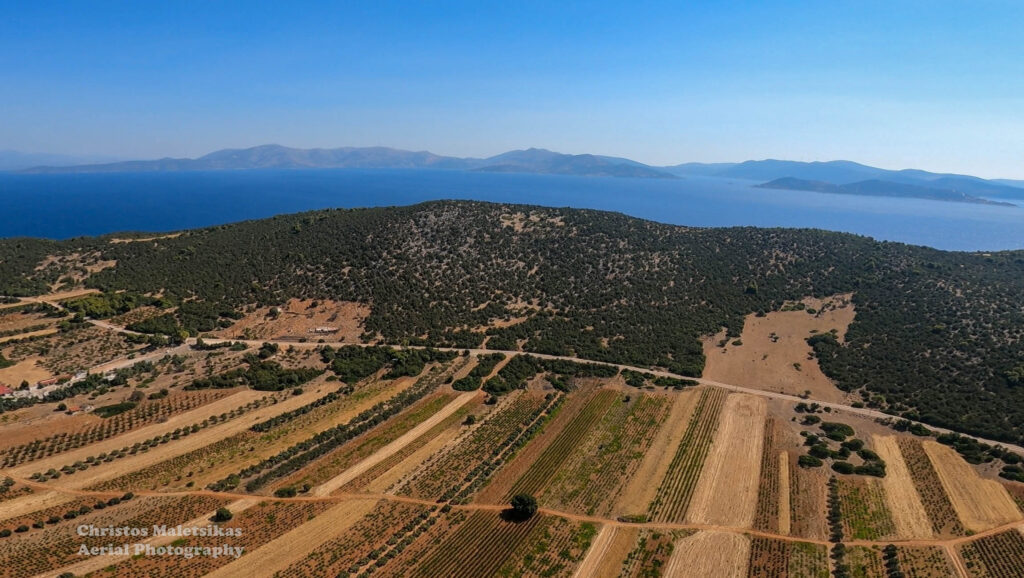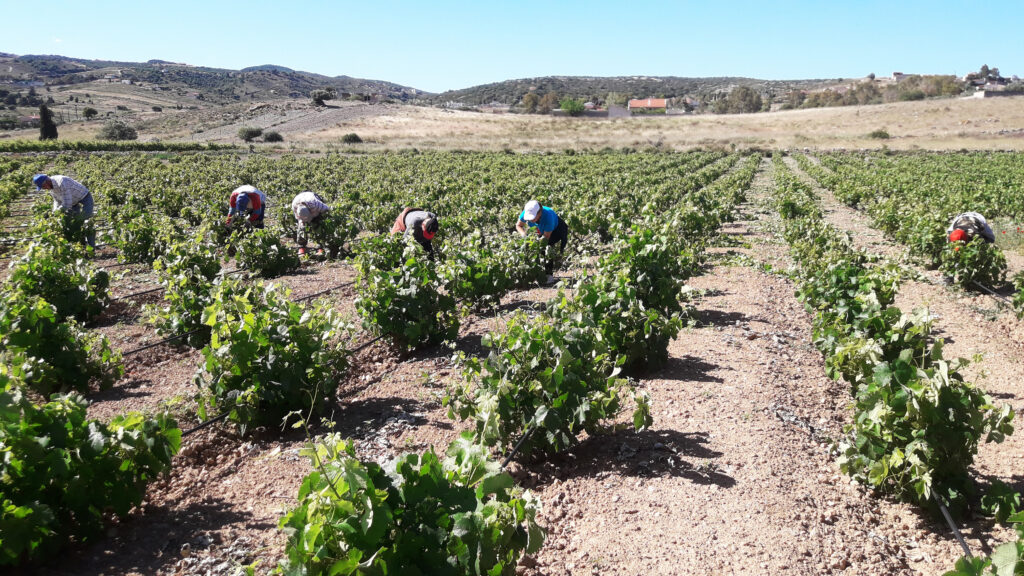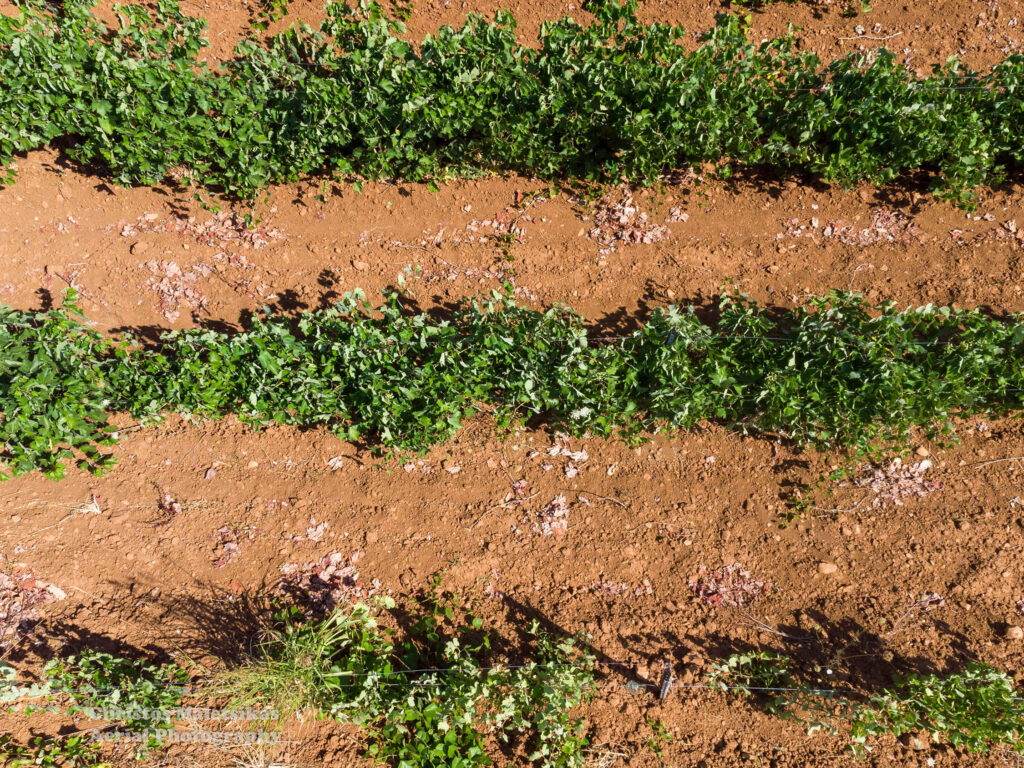Savatiano is a moderately vigorous plant, highly resistant to disease. The bunches are large, and an weigh up to 500g in vineyards which are watered regularly. As it is a highly productive variety, the producers’ main way of ensuring quality wines is achieving a low yield per acre. Savatiano can be used on its own or blended with other more crisp and aromatic varieties such as Assyrtiko and Roditis grapes. Wines made from Savatiano grapes have distinctive fruity flavors such as pear, green apple, peach and flowers. It often has hints of herbs or mineral overtones. On the palate it is well structured with a good balance and a pleasant aftertaste. It is barreled, which gives another dimension to the variety, enhancing the aromas with ints of ripe yellow fruit and dried apricot. Experience and research has shown that Savatiano vines with low yields which are harvested at the right time now have enormous potential to produce wines with aromatic intensity and a wealth of taste. Nowadays we can talk about a new generation of Savatiano grapes. They come from non-irrigated vineyards with low yields (400 kilos per ha) which are planted with vines which are 50 years old on average. Now, with modern wineries, these rapes stand out for their excellent aging potential and exceptional acidity and frequently win awards in international competitions. Savatiano has been strongly associated with retsina, the traditional wine f Attica, since ancient times. In recent years, thanks to the efforts of inspired winemakers, it is once again becoming a respected variety. It can also be used, either sun-dried or boiled which is the traditional Mediterranean recipe, to produce sweet wines.
The great advantage of wines made from Savatiano grapes is that they are a perfect match for a whole host of dishes. It is perhaps one of the few varieties in the world that can accompany so many different tasty dishes. Its mild aroma, its good acidity and measured “sweetness” make it an ideal partner of seafood, oily fish and more delicate dishes. It is a perfect accompaniment for strong-tasting appetizers such as taramosalata, octopus and risotto and also for pies and poultry. Put an Attica Savatiano in the fridge to chill and enjoy the blue sky, the sun and the fresh breeze of a magical land with the longest uninterrupted history of wine in the world.



